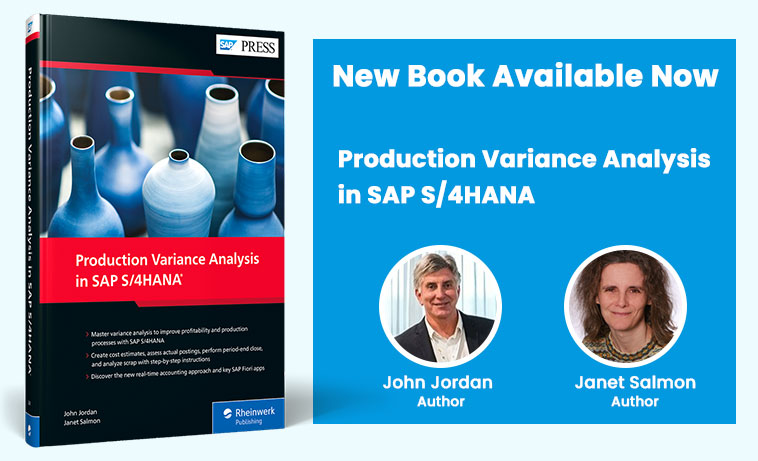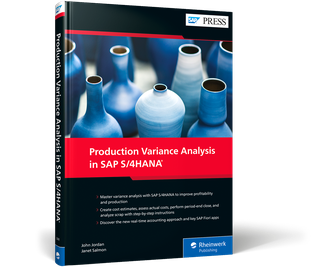Welcome to the latest SAP S/4HANA edition of this bestselling SAP Press book which immediately entered the SAP Press top ten when published on Jan 26, 2023.
The First Edition, published in 2007, was the first-ever book on SAP Controlling (CO) which explained SAP CO in an easy-to-understand way and continues to attract many positive reader comments.
The Second Edition, published in 2011, had a revised and improved layout and new content based on SAP ERP 6.0. It continued as a bestseller in the SAP Press catalog.
Janet Salmon, Chief Product Owner of Management Accounting at SAP SE, co-authors with me to transform this latest edition to SAP S/4HANA version 2021.
The new chapter 7 is based on S/4HANA version 2022 which includes event-based processing, SAP Fiori Apps, and the future direction of SAP S/4HANA.
We discuss new options for variance analysis delivered with SAP S/4HANA Cloud scope item 3F0 (Event-Based Production Cost Posting) and SAP S/4HANA 2022 with Universal Parallel Accounting UPA. A comprehensive chapter-by-chapter review follows:
Chapter 1 Initial Planning
We first analyze the planning process which sets the baseline for variance analysis.

Figure 1 Sales and Operations Planning
We examine sales and operations planning (S&OP), as shown in Figure 1, and long-term planning to determine the raw materials to be purchased and the available manufacturing capacity to be reserved.
Note, S&OP is being replaced by SAP Integrated Business Planning for Supply Chain (SAP IBP), which supports all S&OP features. S&OP is intended as a bridge or interim solution that allows a smooth transition from SAP ERP to on-premise SAP S/4HANA and SAP IBP. See SAP Note 2268064.
Production versions are mandatory with SAP S/4HANA. They allow you to define which BOM alternative goes together with which routing alternative. They simplify MRP sourcing because there is only one option to determine BOM and routing alternatives to manufacture a material. See SAP Note 2267880 for more details.
We look at cost center planning and how to combine planned expenses and activity usage with setting planned activity rates.
Chapter 2 Cost Estimates
We introduce master data, including the material master, BOM, routing, and work center to create cost estimates, as shown in Figure 2.
We present the role of the costing sheet in determining the overhead to be applied to your raw materials and manufacturing activities. We also discuss configuration for the cost components and the costing variant.
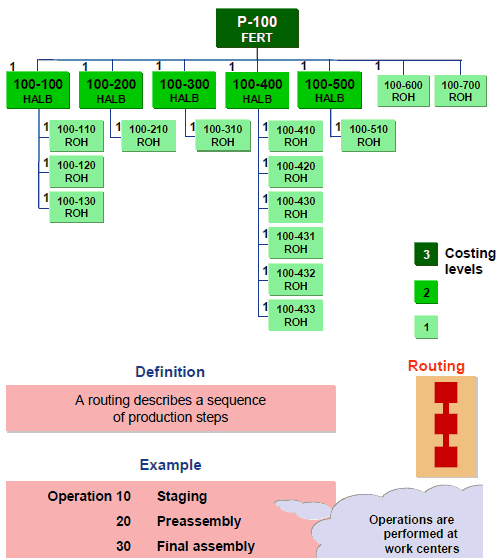
Figure 2 Cost Estimate BOM and Routing
We then provide instructions for creating and releasing a cost estimate to set the standard price for a single material. We introduce the costing run to develop the standard costs for all materials in a plant. Where multiple production options exist for a material, we explain how to use a mixed cost estimate to combine different production or procurement alternatives to deliver one standard cost.
Chapter 3 Actual Costs
We introduce the Universal Journal and its impact on primary and secondary costs. We walk through the steps on the shop floor, such as production order and process order activity confirmation and component goods issues, that result in actual postings, as shown in Figure 3.
One of the fundamental changes in SAP S/4HANA is that the work center and operation are now part of the data structure for variance analysis.
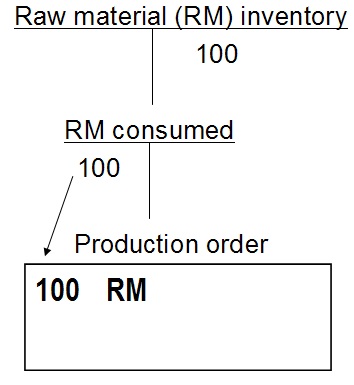
Figure 3 Production Order Actual Costs During Goods Issue
We introduce two new critical SAP Fiori apps:
- Production Cost Analysis (ID F1780)
- Analyze Costs by Work Center and Operation (ID F3331)
Chapter 4 Period-End Processing
We explain how to configure SAP S/4HANA to calculate production variances and the variance categories to demonstrate their impact, including cost center and purchase price variance PPV.
We include detailed examples to help you easily understand period-end processing, including overhead, Work in Process WIP, variance calculation, and settlement.

Figure 4 Variance Splitting Profile
We explain actual costing and how it rolls up purchase and production variances throughout the value chain, as shown in Figure 4.
Pick up your copy now. Click Here:
Chapter 5 Scrap Variance
We walk through scrap calculation.
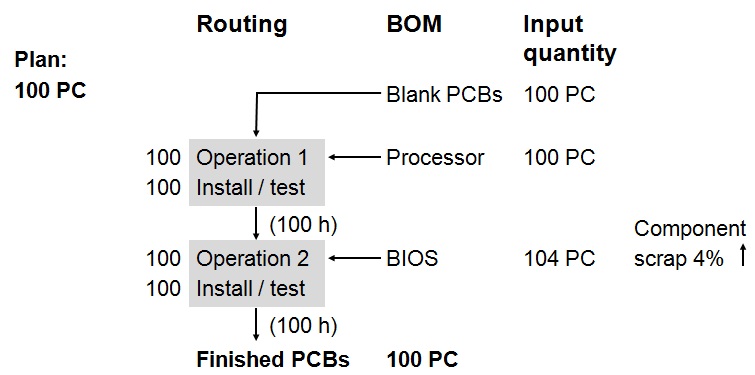
Figure 5 Component Scrap Increases Component Input Quantity
We explain the types of scrap, including Assembly Scrap, Component Scrap, and Operation Scrap, and their interaction, as shown in Figure 5.
Chapter 6 Reporting
We explain the impact of production variances on product profitability and walk through the options to analyze data in detail.
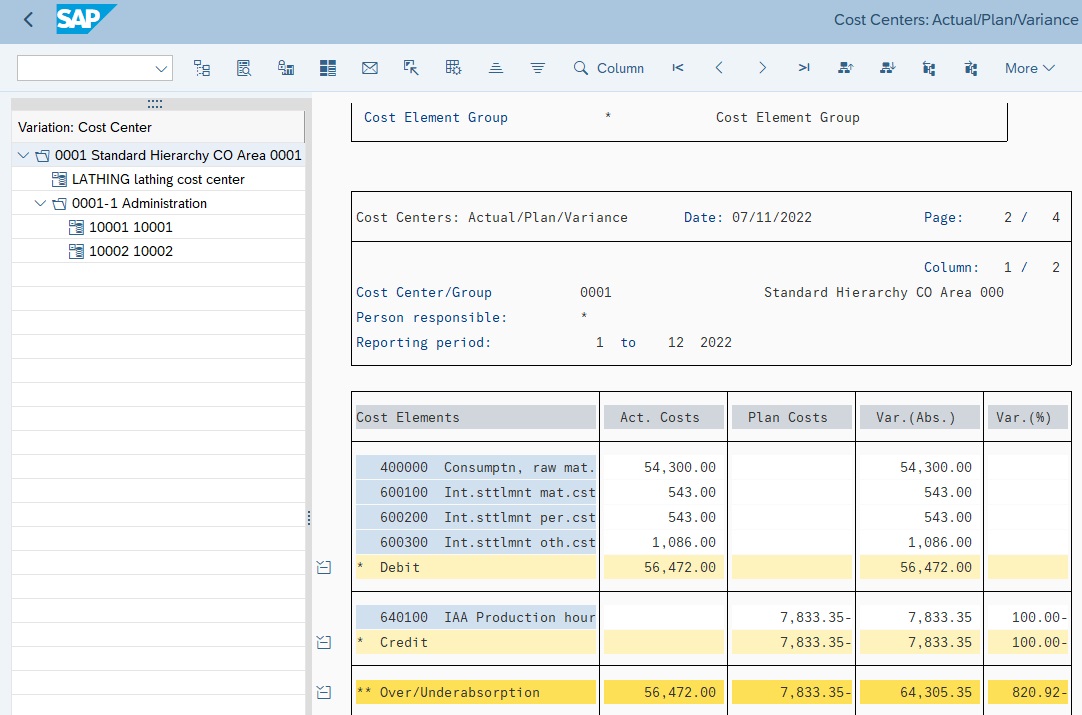
Figure 6 Standard Cost Center Reporting
We look at standard reports in detail, including Cost Center Reporting, as shown in Figure 6.
We analyze summarization reporting, including product drilldown reports.
We explore both classic reports and tools and SAP Fiori apps.
Chapter 7 Future Direction of Variance Analysis
We show how SAP is moving away from calculating production variances at period end toward a new approach that calculates them with every final goods receipt, known as event-based variance analysis, as shown in Figure 7.
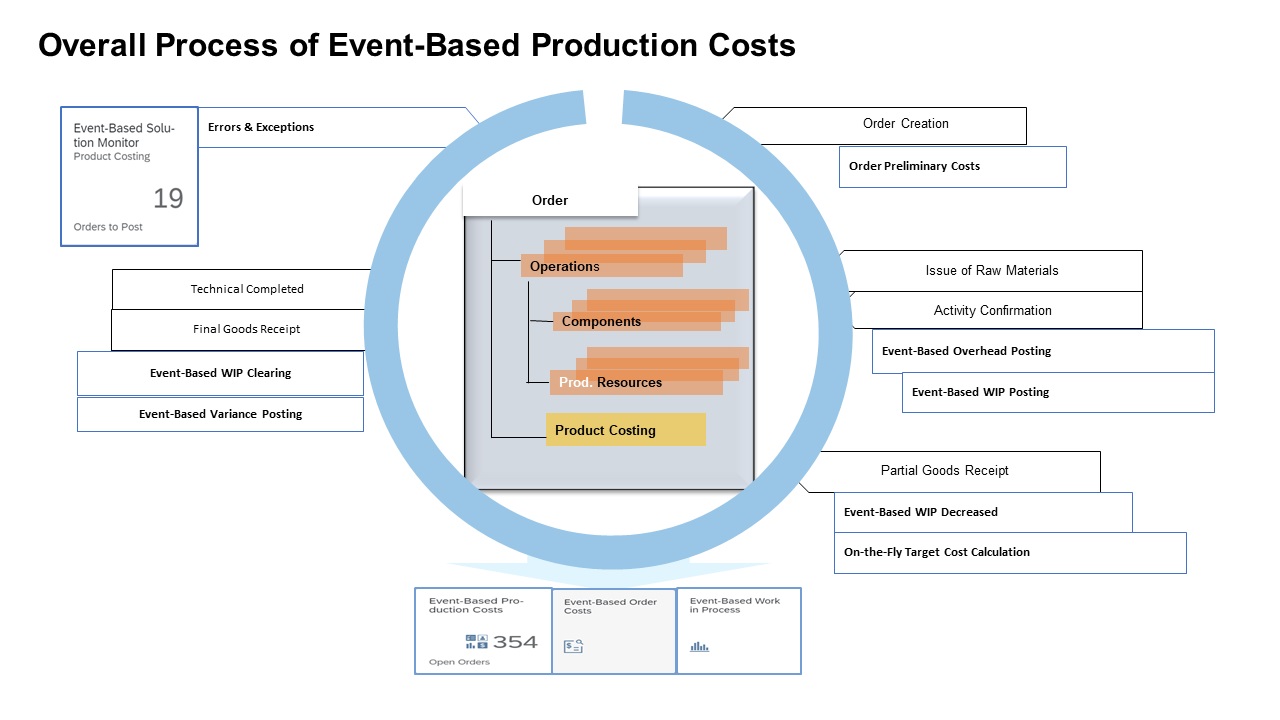
Figure 7 Event-Based Production Cost Cycle
Chapter 7 explains scrap and mixed price variances.
Chapters 1 to 6 are written and illustrated based on on-premise SAP S/4HANA 2021.
Chapter 7 discusses new options for variance analysis delivered with SAP S/4HANA Cloud when you use scope item 3F0 (Event-Based Production Cost Posting) and SAP S/4HANA 2022, with the business function for universal parallel accounting.
Join us at SAP Controlling Financials Conference

